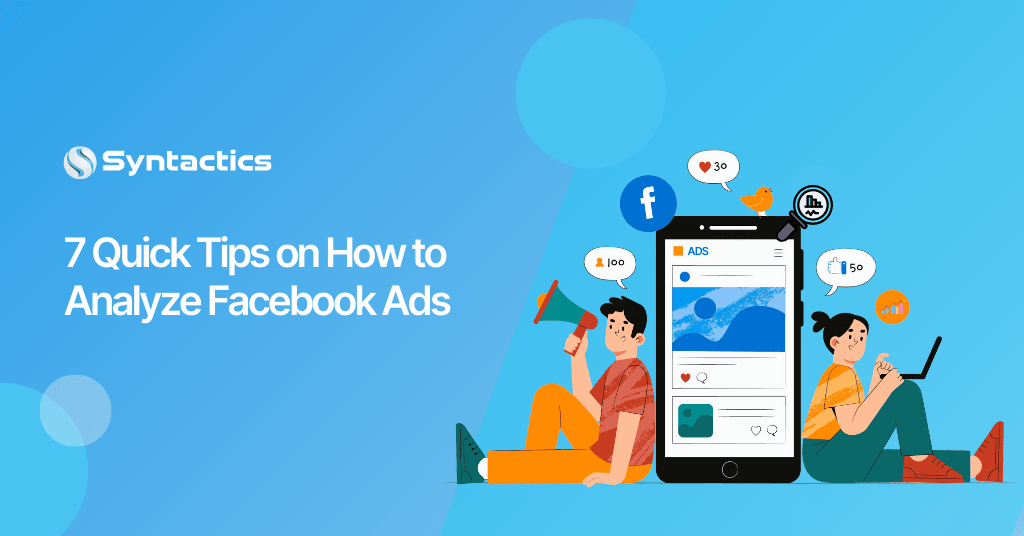
7 Quick Tips on How to Analyze Facebook Ads
Meta (formerly Facebook) paid marketing empowers businesses to amplify their brand awareness, expand reach, and maximize investment return through targeted advertising. Many marketers analyze Facebook ads to optimize budgets and reach their goals. By measuring its key performance metrics, businesses can achieve better engagement and scalable results.
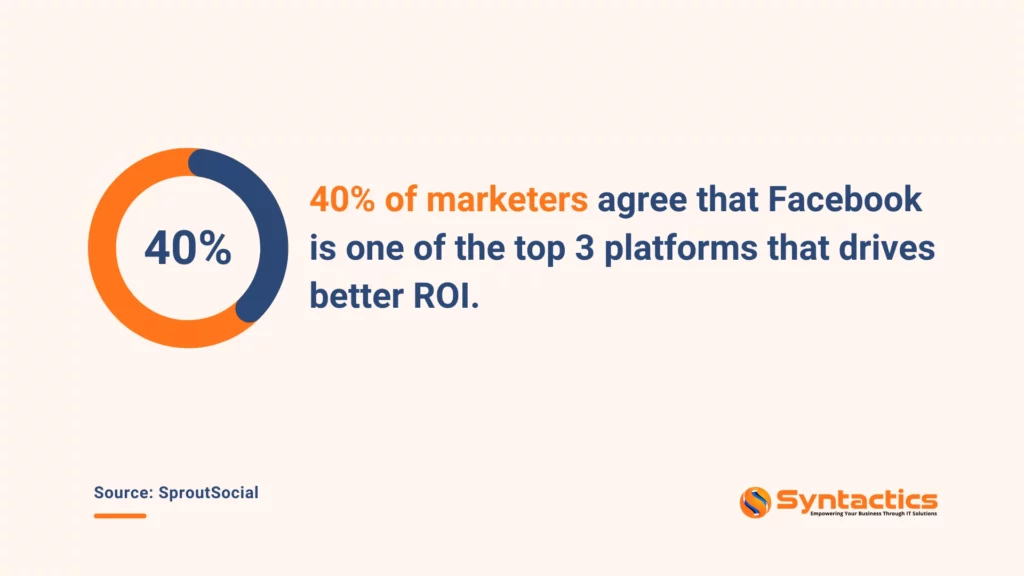
Source: SproutSocial
Why Evaluate Meta Ads Performance?
Evaluating advertising efforts helps you understand what’s working and what’s not. Simply put, you’re checking how well your favorite recipe is turning out while cooking. You taste it along the way to determine if it needs more spices or flavoring.
Just like running ads on Meta, it’s critical to keep an eye on how they’re performing. This will help you adjust strategies, such as who sees the ad or how much is spent on ads. That way, you get the best possible results without wasting resources.
How to Analyze Facebook Ads
According to SimilarWeb, Facebook is the third most visited website in the world with over 10 minutes average visit duration. This means that advertising on this platform can significantly boost awareness and expand your reach for your business. But, with its massive user base, it requires a strategic approach to target the right audience.
Below are quick tips to evaluate Facebook ads effectively:
1. Assess Awareness: Reach and Impressions
Running social media ad campaigns means keeping tabs on who’s seeing your content. When analyzing Meta ads, focus on two Key Performance Indicators (KPIs).
- Reach is the number of unique people who viewed your content. For example, if 50 people saw your ad, your reach is 50.
- Impressions are how often your ad was seen. If those 50 people saw your ad thrice, you’d get 150 impressions.
To gauge performance, calculate the impressions-reach ratio. For instance, if your ad content gets a reach of 100 and 1,000 impressions, it means people saw your content ten times on average.
While repetition can reinforce your message, showing the same ad too often may frustrate viewers. They can hide your ad or mark it as repetitive, which lowers your relevance score. A lower relevance score means higher costs—like increased cost per click (CPC) and cost per 1,000 impressions (CPM).
PRO TIP: Keep an eye on this balance to ensure your ads stay engaging, cost-effective, and impactful without overwhelming your audience.
2. Evaluate Engagement Rates
Remember, social media platforms prioritize delivering a great user experience. That’s why it’s crucial to focus on creating high-quality ads for your paid marketing strategy. High-quality ads lead to higher engagement rates, which are key to success.
Engagement refers to how individuals interact with content — think Likes, Shares, Comments, and Clicks. When Meta’s algorithm sees that your ad is generating strong engagement rates, it recognizes your content as valuable and engaging. This encourages the platform to show your ad to even more of your target audience.
To make the most of your campaigns, regularly analyze Facebook ads to identify which content resonates best with your audience.
3. Monitor Click-Through Rates (CTRs)
CTRs refer to the percentage of people who clicked your link after seeing your ad. As part of your paid marketing strategy, monitor and analyze your ads’ CTR — it’s a key indicator of how engaging and relevant your ad is.
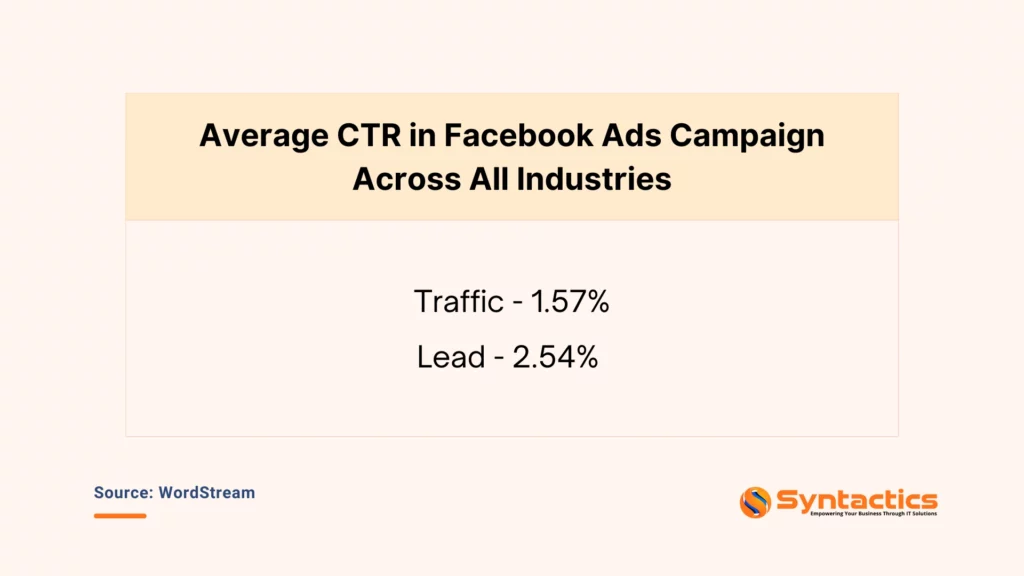
Source: WordStream
A higher CTR means more people are clicking through, signaling that your ad is more relevant and engaging. Not only does this boost engagement, but it also helps you save on costs, especially in campaigns where you pay for impressions. Focus on improving your CTR to stretch your budget further and maximize results.
PRO TIP: Use industry benchmarks to gauge your performance and refine your strategy for better outcomes.
4. Track Ad Engagement Breakdown
When you analyze Facebook ad campaigns, it’s crucial to see your audience breakdown. You can track this easily through the Meta Ads Manager dashboard. Simply click on the Breakdown icon and select “By Delivery” to identify your audience’s key details, such as:
- Age;
- Gender;
- Business locations;
- Country;
- Media device;
- Platform, and more.
Knowing these bits of information allows you to modify and target your Meta ads in the next cycle of your marketing campaign. For example, if certain demographics and locations respond better, you can tailor your ad to focus on groups. This keeps your marketing efforts laser-focused and optimized for maximum impact.
5. Check Bounce Rates
Now, people are clicking on your Facebook ad and landing on your website, which is great. But it’s also critical to consider what happens next. If they leave after a few seconds, it increases your bounce rate.
Having a high bounce rate signals that while your ad is driving traffic, your website might not be holding attention. Search engines may interpret this as a sign that your site isn’t relevant, reducing chances of getting higher ranks on Search Engine Results Pages (SERPs).
PRO TIP: Review your content. Analyze what’s resonating with your audience and double down on those topics. Engage, don’t just attract; ask your audience directly what they’d love to see more of.
6. Monitor Conversion Rates
It’s also crucial to emphasize the importance of getting a high conversion rate as it represents the percentage of site visitors who complete the desired action.
Therefore, focusing on conversions is key to ensuring your budget translates into real results.
To identify what works best, consider running A/B tests to compare different ad variations. This helps businesses determine which content drives the highest conversion rates. Based on the results, you can pause underperforming ads and allocate more resources to those that align with your audience and objectives.
Tracking your conversion rate is simple: use tools like Meta Ads Manager and your website analytics. These platforms show you exactly how many people are taking action after clicking on your ads. By keeping a close eye on this metric, you’ll gain valuable insights into what’s working—and what needs improvement—to maximize your campaign’s impact.
7. Calculate Cost Per Conversion
The cost per conversion helps you evaluate if it is worthwhile to continue advertising on a particular social media platform. It also reveals whether your paid ads are driving enough ROI.
To calculate it, simply divide the total amount you spent on an ad campaign by the total number of conversions. For example, if you spent $50 and got 10 conversions, your cost per conversion is $5.
PRO TIP: Calculate the Average Revenue per User (ARPU) to help you decide further if an ad is profitable. Say, if a customer brings in a lifetime revenue of $100, spending $5 cost per conversion seems like a steal. But, if another customer only generates $3 in lifetime revenue — less than your cost per conversion — it’s a clear sign to pause or adjust those ads.
Tools like Meta Ads Manager or working with Facebook marketing services experts can provide advanced insights and help you fine-tune your approach.
BONUS TIP: Maximize Return on Ad Spend (ROAS)
This key metric is the amount of revenue you earn for every dollar you spend on ads, and it’s one way to measure the success of your campaign. Aim for a ratio exceeding your profit margins and adjust benchmarks by industry. Then, reallocate budgets from underperforming campaigns to top-performing ads for better efficiency.
For a well-rounded strategy, pair ROAS with Customer Acquisition Cost (CAC) and Lifetime Value (LTV) to balance short-term returns with long-term growth. Track them weekly to stay competitive.
Optimize Advertising with Facebook Marketing
In sum, analyzing Facebook ads helps refine targeting, engagement, and conversions. By continuously tracking performance and adjusting strategies, businesses can maximize ad effectiveness and ROI.
Start optimizing your campaigns and boost your advertising success with Facebook marketing services experts from the Philippines.
This blog was updated on March 11, 2025.
Frequently Asked Questions About Facebook Ads
How can a Facebook marketing service provider help optimize my Meta ads?
These experts bring expertise in strategy, targeting, and analytics. They can design high-performing ad creatives, refine audience targeting, and continuously monitor campaign performance.
Their data-driven approach also ensures your ads are optimized for maximum engagement and ROI, saving you time and delivering professional-grade results tailored to your goals. Contact us to learn more.
What are some common mistakes to avoid in Meta ad campaigns?
Common mistakes include the following:
- Poor audience targeting;
- Neglecting ad creative quality;
- Failing to track performance metrics;
- Overlooking budget allocation, or
- running generic ads.
Ensure your campaigns are well-researched, visually appealing, and regularly analyzed to adapt to audience behavior and platform trends.
How often should I review and adjust my Meta ad campaigns?
Consistent monitoring ensures your campaigns stay relevant, efficient, and aligned with your goals.
- Check performance weekly to spot trends or issues early.
- Make minor adjustments, like tweaking budgets or refreshing creatives, as needed.
- Conduct a deeper analysis monthly to evaluate the overall strategy.
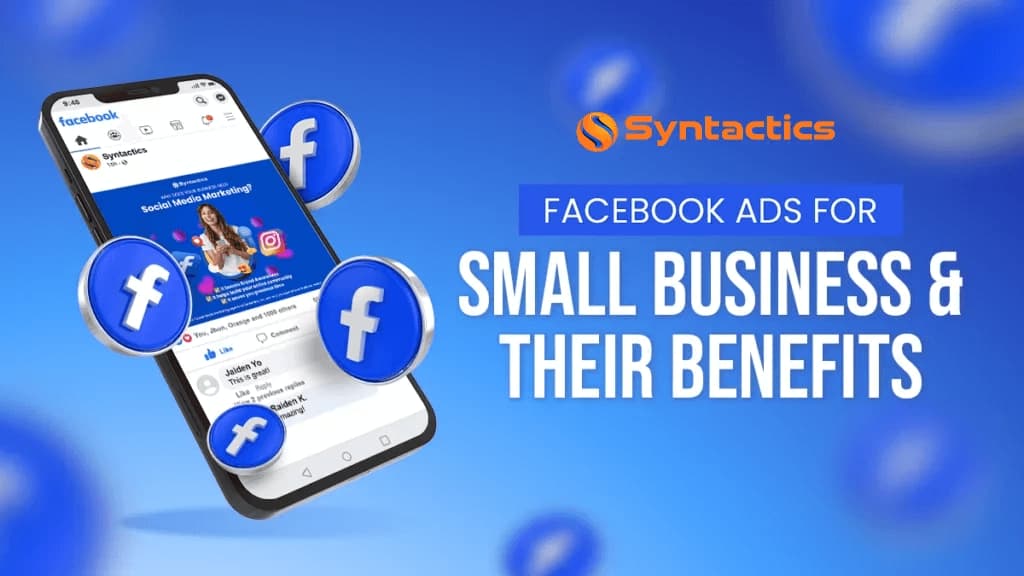
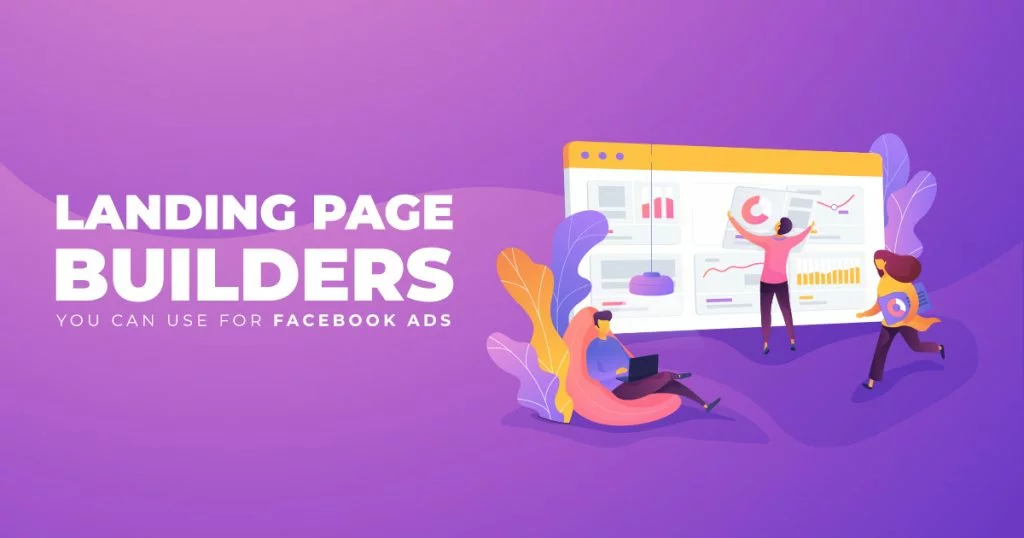
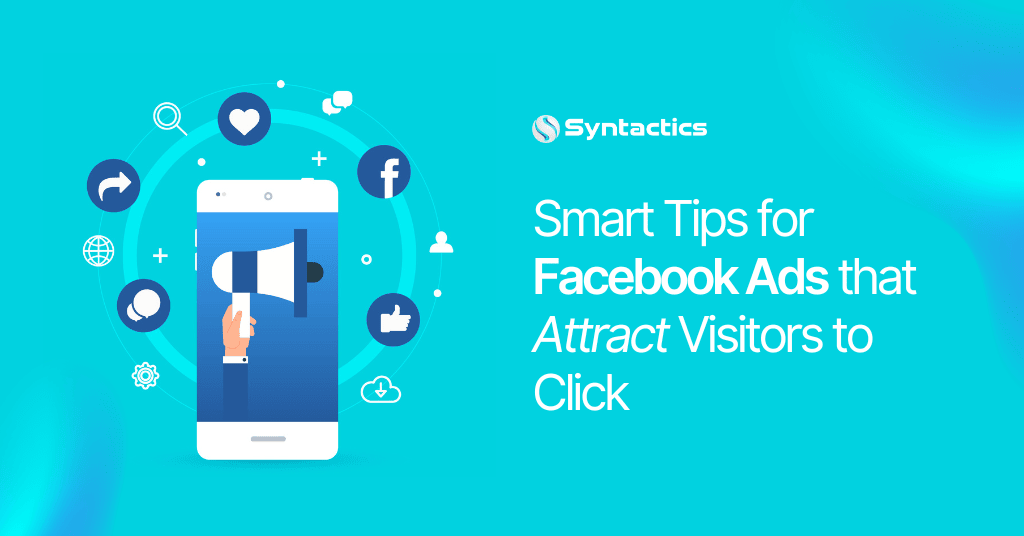







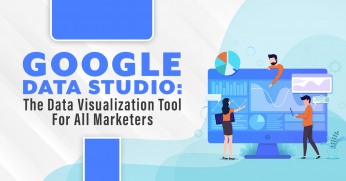

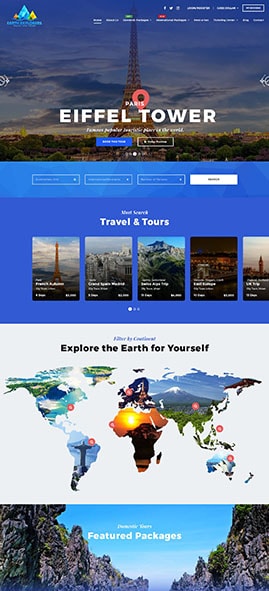
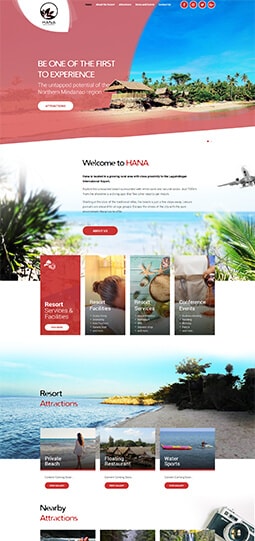
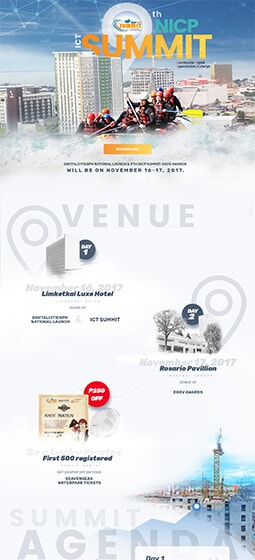

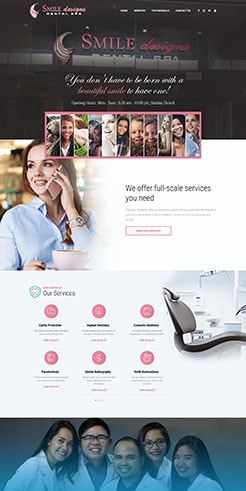
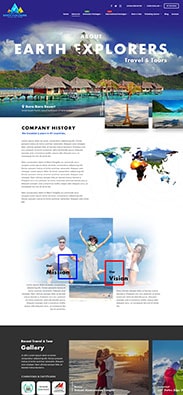

Comment 0